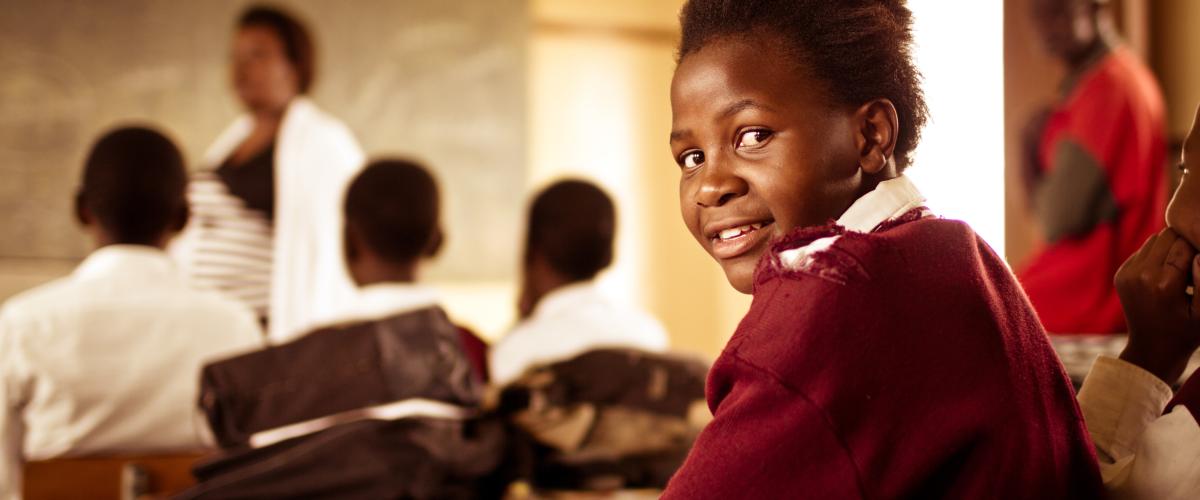Bamako is one of the world’s fastest growing cities. Its population has more than doubled since 2000, and this rapid increase is expected to continue in the coming decades.
Critically, 63 percent of the city’s inhabitants live in informal settlements. This uncontrolled development, combined with increasingly frequent and severe rain events, makes the city especially vulnerable to flooding: in 2019, 16 people were killed in just one night of flooding in Bamako, with thousands more affected. Inadequate waste and wastewater management mean that these floods are often followed by outbreaks of waterborne diseases.
Confronted with this worsening situation, the World Bank and the government of Mali began preparing a World Bank lending operation to reduce these risks: the Bamako Urban Resilience Project. The City Resilience Program (CRP)’s first contribution to the project was a rapid assessment to identify areas exposed to flood risk. The assessment confirmed that even the $250 million of financing earmarked for the project could not meet all the city’s resilient investment needs.
CRP’s next contribution was to analyze how private finance could be mobilized to help achieve more of the government’s resilience objectives. CRP provided analysis and guidance on how best to help fill the financing gap by attracting private sector capital for resilience investments. Early in the project planning process, CRP analysts studied the legal and commercial context on the ground and identified entry points for private capital. Several concrete opportunities were presented to the CRP team for deeper analysis: the rehabilitation of a busy, flood-prone bus terminal in the Sogoniko neighborhood; the rehabilitation of a wholesale vegetable market that suffered from health and safety problems; a project to fund a new city hall through colocation with commercial tenants; and the construction of new transport hubs to relieve congestion and improve road safety. CRP screened these four potential projects to test whether they were commercially viable and whether the anticipated private investment was likely to materialize, given the institutional and microeconomic context.
CRP’s analysis revealed fundamental investment barriers for three of the proposed projects, including the need for sites to be identified before one project could be properly assessed, a precondition for unrealistic rents to achieve viability in another, and a lack of stakeholder commitment in the third. The Sogoniko bus station project, however, had the best prospects for attracting private capital and, through the investment, achieving long-term improvements to the city’s resilience. The Sogoniko bus station is a vital transport hub. One of three primary bus stations in Bamako, it provides passenger services to other cities in Mali and the capitals of neighboring countries. It is one of the busiest stations in Mali and is the only hub on the south bank of the Niger River. At the same time, it suffers from frequent and disruptive flooding. CRP’s analysis tested whether reduced flooding would make commercial activities within and around the bus station more profitable, leading to higher potential rents from commercial tenants. If so, a portion of this increase could be used to support the financing cost of the flood investments themselves.
Discussions revealed strong interest in the bus terminal project from merchants, traders and other stakeholders, so CRP scrutinized the business case in further detail. This investigation showed that the prospect of raising rents enough to support the cost of rehabilitating and flood-proofing the bus station was overly optimistic. This would have meant the city would have needed to use its own budget, or find alternate revenue sources, to repay the private investment. CRP therefore advised the city that, despite the merits of the concept, the investment should not go ahead in this format. Working with this information, the government subsequently decided that the bus station’s flood exposure should be addressed instead as part of a wider intervention in the district, funded by the concessional resources of the World Bank’s lending operation.

View more results stories from fiscal year 2023 in GFDRR's Annual Report 2023.
